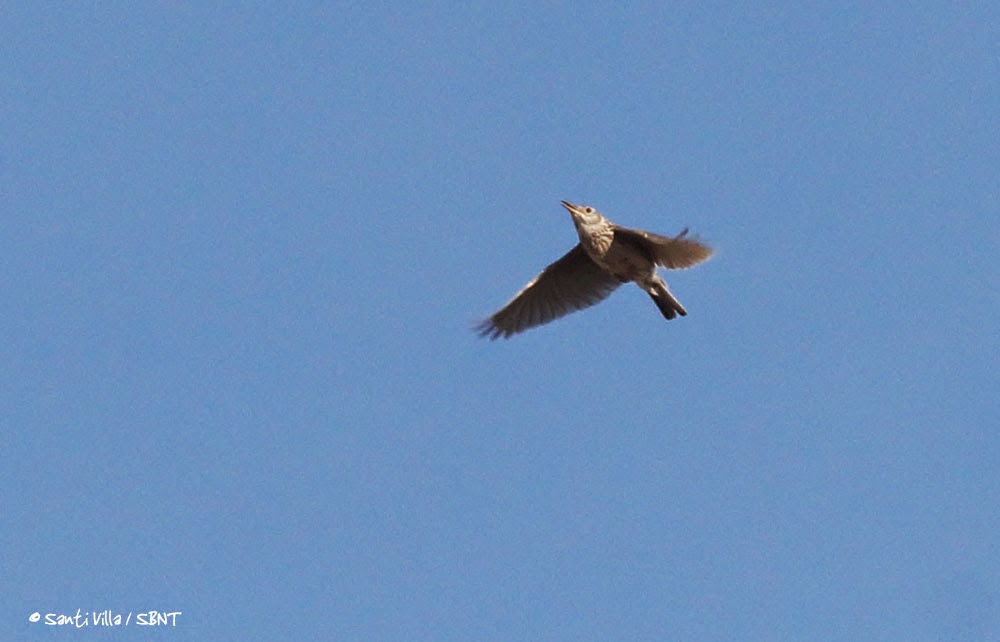We arrived at the Hotel Uson in the evening, just in time to enjoy the spectacular light on the soaring Pyrenees that now surrounded us. We also delighted in the beers from Emanol’s microbrewery out back; the new stout was my favorite. In the morning we headed out to the Gabardito Refugio to search for Citril Finch before hitting the trail into the fresh green beech forest. We were delayed by five distant Lammergeier sightings before we tried to walk away, and then a pair of Citril Finches appeared and we got some decent views before they vanished. Finally, into the woods, where we got good looks at Eurasian Treecreeper and other forest birds before trying for better looks at Wallcreeper at Salto de la Vieja, where we were largely stymied. The Red-billed Choughs, Eurasian Crag-Martins, and Alpine Swifts kept us entertained while we waited. The next morning we took in a large dose of Pyrenean scenery before we went for a little hike in the Gamueta Forest, while the Black Woodpecker didn’t show, we again drank in the beech forest green that surrounded us. Down at the Linza Refugio we got our final tit, a Marsh, after a coffee break. After a fine lunch we decided to make a run to the top of the mountain at the Belagua Nature Reserve for Ring Ouzel. We had nice scope views of a male Ring Ouzel before the omnipresent fog obliterated our view. On the way up, we all got great views of a pair of Citril Finches getting grit from the mortar of a bridge. That night we headed to the little village of Siresa with its ancient monestary looming over the middle of town in the dark. We chased a black cat around the cobblestone alleyways until we could tell where the sound was coming from. Finally we found the source: a European Scops-Owl was tooting away from a large ash tree. And it continued tooting, conversing with Santi, for a half-hour until we spotted the little fella and got scope views.
San Juan de la Peña, a tenth century monastery, and its surrounding forest were our last chance at the spectacular Black Woodpecker. We heard it call, we heard it drum, and we glimpsed it as it flew across the road. We would have to satisfy ourselves with this. We had one last birding stop on the tour, the Belchite Steppes of the Ebro Valley. This dry grassland is the haunt of seven species of larks including “El Diablo,” the Dupont’s Lark, so named for its temperamental nature of occasionally not singing, even in the early morning. On our first evening a few individuals were singing, and we finally found some skylarking individuals and got some decent flight views. We returned the following morning to get better looks; El Diablo had other plans, and a few snippets of song were all we got. We did have some nice fly-bys of Pin-tailed Sandgrouse and Eurasian Thick-knee, and we had a nice look at a Little Owl that was hunting around a ruined barn. Also coming and going from the barn was a nesting Eurasian Hoopoe. After our morning birding we toured the Belchite ruins, left from the devastation of the Spanish Civil War as a reminder. We got a bonus bird in the ruins—scope views of a Black Wheatear.
Spectacular scenery, great food and wine, 3,000 plus kilometers, 216 species, and a few cultural sites all lended themselves to a wonderful birding tour of Spain. Thanks to Santi for being our incomparable host, and thank you all for traveling with VENT.
Text by Brian Gibbons (Victor Emanuel Nature Tours)
Photos: Santi Villa (Spainbirds Nature Tours)
Abejero Europeo / European Honey Buzzard
Gavilán común / Eurasian Sparrowhawk
Escribano cerillo / Yellowhammer
Parque Natural de Larra-Belagua / Larra-Belagua Natural Park
Verderón serrano / Citril Finch
Argynnis adippe / High Brown Fritillary
Alcaraván / Eurasian Thick-knee or Stone Curlew
Alondra de Dupont / Dupont's Lark
Mochuelo común / Little Owl
Terrera marismeña / Lesser Short-toed Lark
Reserva de El Planerón / El Planeron Nature Reserve
Collalba negra / Black Wheatear














No hay comentarios:
Publicar un comentario